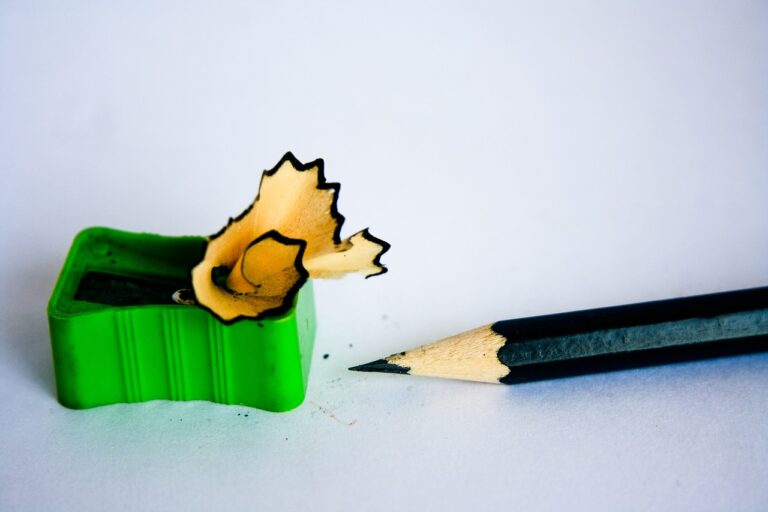The Role of Art in Developing Creativity
Exposing children to art at a young age can have significant positive impacts on their cognitive and emotional development. Through engaging with various art forms, children are able to enhance their creativity, critical thinking skills, and problem-solving abilities. Art also provides a unique avenue for children to express themselves and communicate their thoughts and emotions in a nonverbal way.
Moreover, exposure to art at a young age has been shown to foster empathy and emotional intelligence in children. By exploring different art styles, themes, and techniques, young minds can develop a greater understanding of diverse perspectives and emotions. This exposure helps children cultivate a sense of empathy towards others and encourages them to appreciate the beauty and complexity of the world around them.
How Art Stimulates Different Areas of the Brain
Research has shown that engaging in artistic activities can have a profound impact on various regions of the brain. When children are exposed to art, it stimulates their visual processing areas, enhancing their ability to interpret and understand complex visual information. This stimulation can lead to improved spatial reasoning and attention to detail, skills that are crucial for academic success later in life.
Furthermore, creating art also activates the brain’s emotional processing centers, fostering self-expression and emotional intelligence. The act of making art can evoke a range of emotions and feelings, encouraging children to explore their inner world and express themselves in unique ways. This emotional engagement not only enhances cognitive functions but also promotes mental well-being and resilience in the face of challenges.
How does exposing children to art at a young age benefit their development?
Exposing children to art at a young age can help stimulate their creativity, improve their cognitive skills, enhance their communication and social skills, and boost their overall emotional well-being.
How does art stimulate different areas of the brain?
Art stimulates different areas of the brain by engaging the visual, motor, and emotional centers. It can enhance cognitive functions such as memory, problem-solving, and critical thinking. Additionally, creating or experiencing art can activate the release of dopamine, the “feel-good” neurotransmitter in the brain.
Can art therapy be beneficial for individuals with mental health issues?
Yes, art therapy has been shown to be beneficial for individuals with mental health issues. Creating art can provide a means of self-expression, stress relief, and emotional healing. It can also help individuals process and cope with traumatic experiences.
Are there any age restrictions for experiencing the benefits of art?
No, there are no age restrictions for experiencing the benefits of art. People of all ages can benefit from engaging in or appreciating art. Whether it’s creating art, visiting a museum, or attending a performance, art has the power to stimulate the brain and enhance overall well-being.





